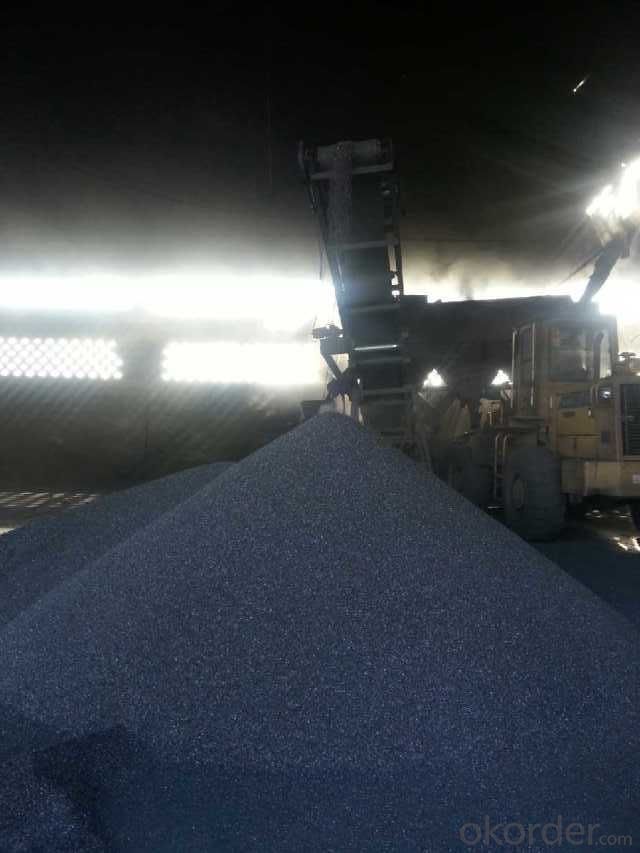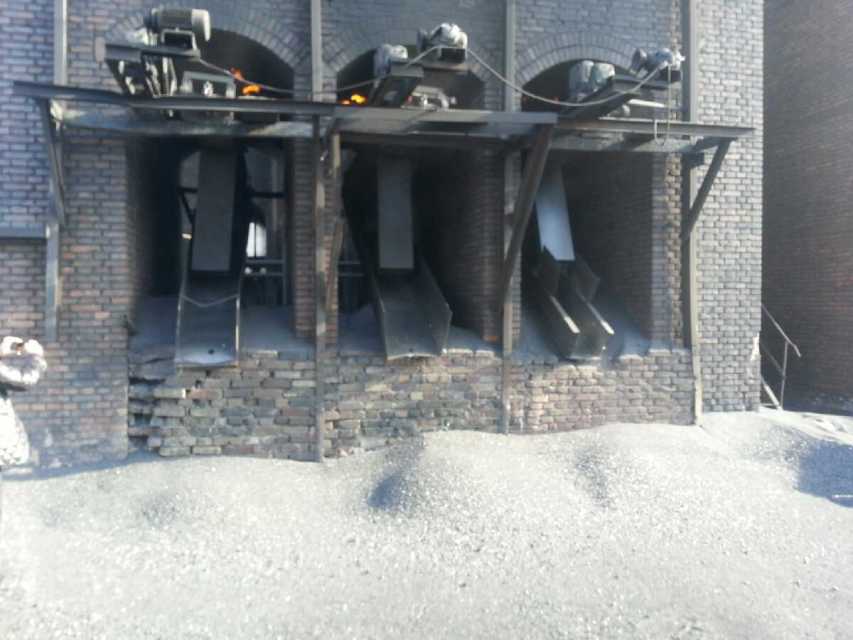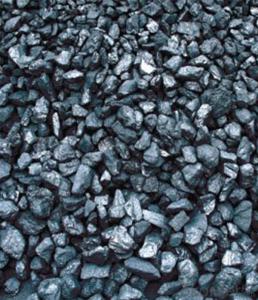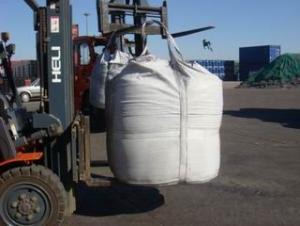FC 94% GAS Calcined Anthracite
- Loading Port:
- China Main Port
- Payment Terms:
- TT OR LC
- Min Order Qty:
- -
- Supply Capability:
- -
OKorder Service Pledge
OKorder Financial Service
You Might Also Like
Specifications
Calcined Anthracite
Fixed carbon: 90%-95%
S: 0.5% max
Size: 0-3. 3-5.3-15 or as request
Calcined Anthracite is produced using the best Anthracite-Taixi Anthracite with low S and P, It is widely used in steel making and casting, Chemical and some other fields.
General Specification of Calcined Anthracite:
PARAMETER UNIT GUARANTEE VALUE | |||||
F.C.% | 95MIN | 94MIN | 93MIN | 92MIN | 90MIN |
ASH % | 4MAX | 5MAX | 6MAX | 7MAX | 8MAX |
V.M.% | 1 MAX | 1MAX | 1.5MAX | 1.5MAX | 1.5MAX |
SULFUR % | 0.5MAX | 0.5MAX | 0.5MAX | 0.5MAX | 0.5MAX |
MOISTURE % | 0.5MAX | 0.5MAX | 0.5MAX | 0.5MAX | 0.5MAX |
Size can be adjusted based on buyer's request.
Pictures of Calcined Anthracite:




We can supply below furnace charges, please feel free to contact us if you areinterested in any of any of them:
Coke (Metallurgical, foundry, gas)
Calcined Anthracite with fixed carbon from 90% to 95%
- Q:What are the impacts of carbon emissions on the stability of islands?
- Carbon emissions have significant impacts on the stability of islands. The primary consequence is the rise in sea levels due to global warming, leading to increased coastal erosion and flooding. Additionally, carbon emissions contribute to ocean acidification, threatening marine ecosystems that islands heavily depend on for livelihoods and food security. Moreover, the warming climate intensifies extreme weather events like hurricanes, posing a greater risk to island communities. Overall, carbon emissions destabilize islands both environmentally and economically, making them highly vulnerable to the impacts of climate change.
- Q:What are the impacts of carbon emissions on the stability of wetlands?
- Carbon emissions have significant impacts on the stability of wetlands, which are highly sensitive ecosystems. One of the main consequences of carbon emissions is the increase in greenhouse gases, particularly carbon dioxide, in the atmosphere. This leads to global climate change and subsequent alterations in weather patterns, temperature, and precipitation. These changes in climate have direct and indirect effects on wetlands. Firstly, rising temperatures can accelerate the rate of evaporation, leading to a decrease in water levels within wetlands. This can lead to the drying out of wetland habitats, disrupting the delicate balance of species that rely on these areas for survival. As wetlands dry up, the plants and animals that depend on them for food, shelter, and breeding grounds are threatened. Additionally, increased carbon emissions contribute to sea-level rise, which poses a significant threat to coastal wetlands. Rising sea levels can cause saltwater intrusion into freshwater wetlands, leading to salinization of the soil and negatively impacting the vegetation and organisms that inhabit these areas. This intrusion also disrupts the delicate balance between freshwater and saltwater, affecting the diverse ecological functions provided by wetlands, such as water filtration, nutrient cycling, and flood control. Furthermore, carbon emissions contribute to the acidification of water bodies, including wetlands. The absorption of excess carbon dioxide by water leads to a decrease in pH levels, making the water more acidic. Acidic water can harm the plants, animals, and microorganisms in wetlands, affecting their growth, reproduction, and overall survival. This disruption in the wetland ecosystem can have cascading effects on the entire food web and biodiversity of these areas. Overall, carbon emissions have a profound impact on the stability of wetlands. The alteration of climate patterns, sea-level rise, and acidification of water bodies are all consequences of carbon emissions that threaten the delicate balance and ecological functions of wetlands. Recognizing the importance of wetlands and effectively mitigating carbon emissions is crucial for preserving these vital ecosystems and the myriad of benefits they provide, including flood mitigation, water purification, and habitat for numerous plant and animal species.
- Q:How does carbon impact the availability of clean water resources?
- Carbon impacts the availability of clean water resources in several ways. Firstly, the burning of fossil fuels releases carbon dioxide (CO2) into the atmosphere, contributing to climate change. This leads to rising global temperatures, which in turn affect the water cycle. Increased evaporation rates and altered precipitation patterns can result in droughts or excessive rainfall, both of which can disrupt the availability and quality of clean water sources. Additionally, carbon emissions contribute to ocean acidification, which harms marine ecosystems and disrupts the delicate balance of marine biodiversity, ultimately affecting the quality and availability of freshwater resources.
- Q:Material characteristics of carbon fiber
- Carbon fiber is a kind of new material with excellent mechanical properties due to its two characteristics: carbon material, high tensile strength and soft fiber workability. The tensile strength of carbon fiber is about 2 to 7GPa, and the tensile modulus is about 200 to 700GPa. The density is about 1.5 to 2 grams per cubic centimeter, which is mainly determined by the temperature of the carbonization process except for the structure of the precursor. Generally treated by high temperature 3000 degrees graphitization, the density can reach 2 grams per cubic mile. Coupled with its weight is very light, it is lighter than aluminum, less than 1/4 of steel, than the strength of iron is 20 times. The coefficient of thermal expansion of carbon fiber is different from that of other fibers, and it has anisotropic characteristics. The specific heat capacity of carbon fiber is generally 7.12. The thermal conductivity decreases with increasing temperature and is negative (0.72 to 0.90) parallel to the fiber direction, while the direction perpendicular to the fiber is positive (32 to 22). The specific resistance of carbon fibers is related to the type of fiber. At 25 degrees centigrade, the high modulus is 775, and the high strength carbon fiber is 1500 per centimeter.
- Q:What are the advantages of carbon-based fertilizers?
- Farmers and gardeners favor carbon-based fertilizers for several reasons. Firstly, these fertilizers, such as compost and manure, are organic and derived from natural sources, devoid of synthetic chemicals. This eco-friendly quality reduces the risk of water pollution and soil degradation. Secondly, carbon-based fertilizers contain ample organic matter, enhancing soil structure and water retention. This proves especially helpful in areas with infertile soil or frequent droughts, as it conserves moisture and prevents nutrient loss. Furthermore, these fertilizers foster the growth of beneficial microorganisms in the soil. These microorganisms gradually break down organic matter, releasing essential nutrients and ensuring a steady supply to plants. The result is improved plant health and a decreased likelihood of nutrient imbalances or deficiencies. Additionally, carbon-based fertilizers prove cost-effective in the long run. Though they may require more effort and time initially, they can be produced on-site through composting or sourced locally from farms or livestock operations. This reduces the need for expensive chemical fertilizers and minimizes transportation costs. Lastly, carbon-based fertilizers aid in carbon sequestration and contribute to combating climate change. By utilizing organic waste materials as fertilizers, they divert them from landfills, where they would emit greenhouse gases. Instead, they are recycled into the soil, increasing its carbon content and promoting soil health. In summary, carbon-based fertilizers offer numerous advantages in terms of sustainability, soil fertility, cost-effectiveness, and environmental impact. Their usage can yield healthier plants, improved soil quality, and a more sustainable and resilient agricultural system.
- Q:How is carbon used in the production of ink?
- Carbon is used in the production of ink in various forms, such as carbon black or activated carbon. Carbon black is a fine black powder that is derived from the incomplete combustion of petroleum products. It is commonly used as a pigment in inks to provide a deep black color. Carbon black particles are small and have a high surface area, which allows them to disperse evenly in the ink and provide a consistent color. Activated carbon, on the other hand, is a highly porous form of carbon that is produced by heating carbonaceous materials, such as wood or coconut shells, at high temperatures. It is used in ink production as a filter or purification agent. Activated carbon has a large surface area with numerous microscopic pores, which enable it to adsorb contaminants, impurities, and unwanted substances from the ink. This helps improve the quality and stability of the ink, ensuring a smooth and consistent flow. In addition to its use as a pigment and a purification agent, carbon is also utilized in ink production as a conductive material. Carbon-based inks are commonly used in applications that require electrical conductivity, such as printed circuit boards, sensors, or electronic devices. These inks contain carbon particles dispersed in a liquid medium, allowing them to be printed or deposited onto a substrate to create conductive pathways. Overall, carbon plays a crucial role in the production of ink by providing color, acting as a purification agent, and enabling electrical conductivity. Its versatile properties and wide range of applications make it an essential component in the ink manufacturing process.
- Q:How do you stick carbon fabric?
- 1 、 construction tools and equipmentThe main equipment includes cutting machine, angle grinder and roller brush2, concrete substrate treatment(1) remove the damaged parts and damaged parts of the concrete parts and reach the compacted parts(2) check whether exposed steel bars are rusted or not. If there is rust, the necessary treatment should be carried out(3) repair the damaged part of the component through the chisel, the cleaning and the exposed ribs, and then use the epoxy mortar, which is higher than the strength of the original component concrete, to repair and restore to the surface(4) crack repair. Cracks with a width of less than 0.20mm shall be coated with epoxy resin and sealed. Cracks greater than or equal to 0.20mm shall be sewed with epoxy resin(5) to the designated location, scope of patch repair and reinforcement of ink, according to the design requirements.(6) burnish the surface of the member (the connecting part of the concrete component, the difference of the section of the template), and make sure that the repaired section is as smooth as possible(7) the angular position, with grinder. Rounding radius should be larger than 30mm, the minimum of not less than 20mm.
- Q:What are greenhouse gases?
- Greenhouse gases, which encompass carbon dioxide (CO2), methane (CH4), nitrous oxide (N2O), and fluorinated gases, have the capability to trap heat within the Earth's atmosphere, thus contributing to the phenomenon known as the greenhouse effect. These gases occur naturally and are additionally released into the atmosphere through human activities such as the combustion of fossil fuels, deforestation, and industrial processes. The greenhouse effect plays a crucial role in maintaining the Earth's temperature at a level that supports life. Nevertheless, the excessive release of greenhouse gases has disrupted the atmospheric balance, resulting in global warming and climate change. It is imperative to reduce the emission of greenhouse gases and discover sustainable alternatives to alleviate the detrimental impacts these gases have on our planet.
- Q:What is carbon fiber reinforced polymer?
- Carbon fiber reinforced polymer (CFRP) is a composite material made up of carbon fibers embedded in a polymer matrix. It combines the high strength and stiffness of carbon fibers with the lightweight and corrosion-resistant properties of the polymer matrix. CFRP is widely used in various industries, including aerospace, automotive, and sporting goods, due to its exceptional strength-to-weight ratio and superior mechanical properties.
- Q:How does carbon impact biodiversity?
- Carbon impacts biodiversity in several ways. Firstly, carbon dioxide is a greenhouse gas that contributes to climate change, leading to shifts in temperature and precipitation patterns. These changes can disrupt ecosystems and alter habitats, affecting the distribution and survival of various species. Additionally, excess carbon in the atmosphere can lead to ocean acidification, which negatively affects marine biodiversity by harming coral reefs and other organisms reliant on calcium carbonate structures. Finally, deforestation and land-use changes associated with carbon emissions result in habitat loss, further reducing biodiversity. Overall, carbon emissions have significant and detrimental impacts on the delicate balance of ecosystems and the diversity of life on Earth.
1. Manufacturer Overview |
|
|---|---|
| Location | |
| Year Established | |
| Annual Output Value | |
| Main Markets | |
| Company Certifications | |
2. Manufacturer Certificates |
|
|---|---|
| a) Certification Name | |
| Range | |
| Reference | |
| Validity Period | |
3. Manufacturer Capability |
|
|---|---|
| a)Trade Capacity | |
| Nearest Port | |
| Export Percentage | |
| No.of Employees in Trade Department | |
| Language Spoken: | |
| b)Factory Information | |
| Factory Size: | |
| No. of Production Lines | |
| Contract Manufacturing | |
| Product Price Range | |
Send your message to us
FC 94% GAS Calcined Anthracite
- Loading Port:
- China Main Port
- Payment Terms:
- TT OR LC
- Min Order Qty:
- -
- Supply Capability:
- -
OKorder Service Pledge
OKorder Financial Service
Similar products
New products
Hot products






























